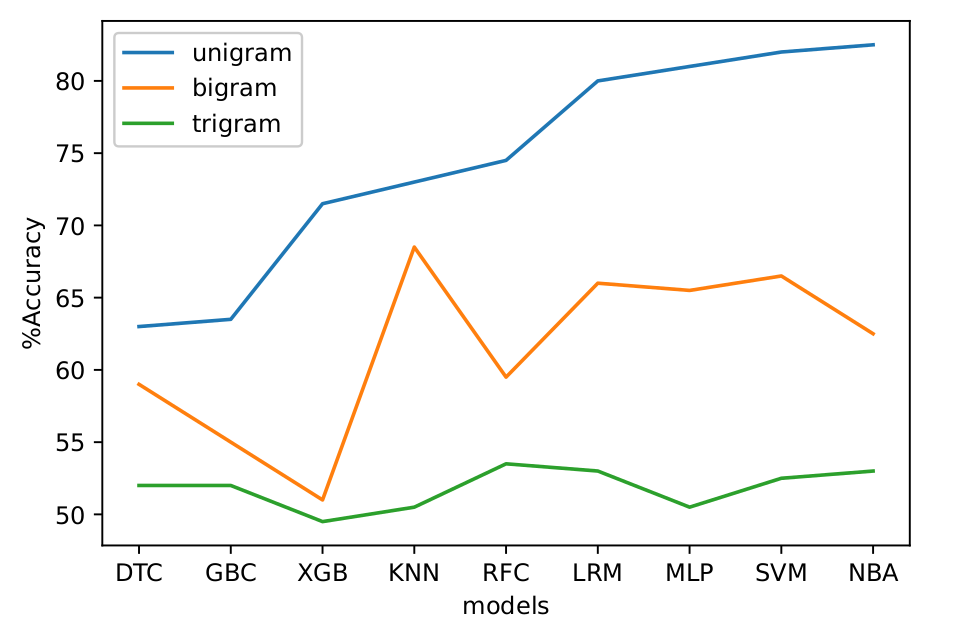Performance Study of N-grams in the Analysis of Sentiments
Keywords:
ngrams, economic texts, machine learning, deep learning, sentiment analysisAbstract
In this work, a study investigation was carried out using n-grams to classify sentiments with different machine learning and deep learning methods. We used this approach, which combines existing techniques, with the problem of predicting sequence tags to understand the advantages and problems confronted with using unigrams, bigrams and trigrams to analyse economic texts. Our study aims to fill the gap by evaluating the performance of these n-grams features on different texts in the economic domain using nine sentiment analysis techniques and found more insights. We show that by comparing the performance of these features on different datasets and using multiple learning techniques, we extracted useful intelligence. The evaluation involves assessing the precision, recall, f1-score and accuracy of the function output of the several machine learning algorithms proposed. The methods were tested using Amazon, IMDB, Reuters, and Yelp economic review datasets and our comprehensive experiment shows the effectiveness of n-grams in the analysis of sentiments.

Published
How to Cite
Issue
Section
Copyright (c) 2021 Journal of the Nigerian Society of Physical Sciences

This work is licensed under a Creative Commons Attribution 4.0 International License.







